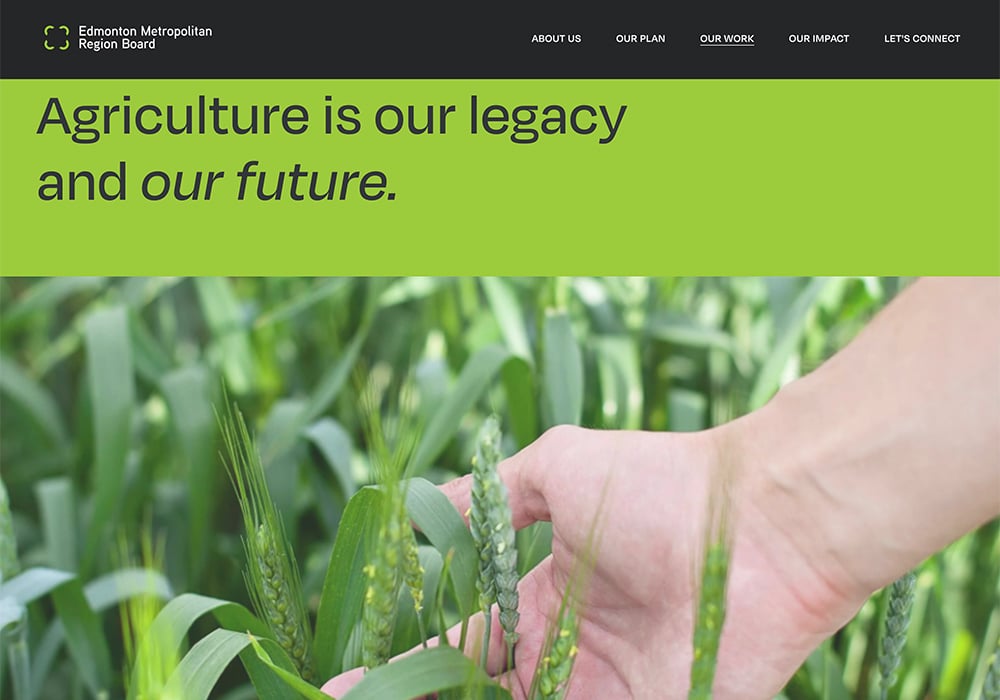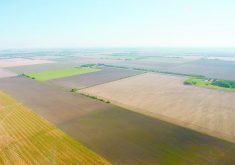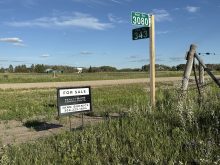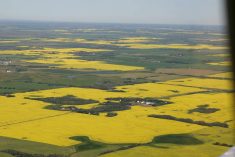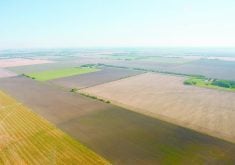The regional board wants the province to approve its measure to protect farmland and promote agri-businesses
A plan that is the first of its kind in the prairie provinces seeks to help farmers in the Edmonton Metropolitan Region by protecting prime agricultural land.
The most important thing for producers and landowners about the Regional Agriculture Master Plan (RAMP) is that it provides certainty, said Rod Shaigec, mayor of Parkland County.
“And I think we’ve created a foundation here for the region to truly become a powerhouse in the global agricultural sector.”
Read Also

New Alberta funding for program hopes to further unlock agritourism industry in province
Alberta Farm Fresh Producers Association is launching a new initiative thanks to $300,000 of provincial funding to bolster Alberta’s smaller scale family farms and agritourism sector.
The plan was recently approved by the Edmonton Metropolitan Region board. Besides limiting the fragmentation caused by the subdivision of rural lands, it will help diversify the region’s economy by promoting value-added agri-businesses, said Shaigec, who is also chair of the RAMP task force.
It also identifies critical rural infrastructure such as broadband internet, which is essential to achieving the full potential of the agriculture industry, said a statement by the board.
As a professor at the University of Alberta who took part in consultations for the plan, Mary Beckie said she hopes it will help inspire other urban areas in Western Canada to better protect farmland. She described the creation of RAMP as something that “is really an important event.”
There is an increasing recognition of the need to not only diversify the economy through agriculture in provinces such as Alberta that rely on the oil and gas industry, but also to promote sustainability through locally grown food, as well as deal with climate change, she said.
The Edmonton Metropolitan Region includes six cities, three towns and four counties totalling 1.3 million people. It contains about 2.3 million acres of land, driving a third of Alberta’s economic activity.
“The region is home to some of the most fertile soils in the country, and the food and beverage sector are reported to be the largest manufacturing employer in the province,” said the statement by the board. Agriculture is expected to lead the province’s economic recovery as the second largest economic generator in Alberta, it added.
“Our region’s prosperity and agricultural future depends on planning for agriculture instead of planning around it. RAMP provides direction to conserve prime agriculture lands and minimize future conversion and fragmentation to non-agricultural uses to ensure producers and processors have room to grow.”
It also recognizes “the important role agriculture serves to safeguard the environment by protecting watersheds, mitigating impacts of climate change and sequestering carbon due to sustainable farming practices.”
Although the prairie provinces contain about 80 percent of the farmland in Canada, they have lacked the plans that help protect such land in British Columbia, Ontario and Quebec, said Beckie, who is the director of Community Engagement Studies at the University of Alberta’s School of Public Health.
As a result, prairie farmland is being gobbled up by residential, industrial and commercial development, resulting in escalating land prices that reduce the likelihood aging producers will pass their farms on to their children, she said.
“And that’s happening less and less just because it’s so daunting, the cost of getting into farming — not just the land, but the equipment and input costs, and of course the risk of farming that’s always there, but getting worse because of climate change.”
RAMP doesn’t restrict the sale of farmland for development, said Shaigec, who acknowledged there are “some landowners that would love to sell and receive the highest return possible.” However, it will provide an extra set of checks and balances for such land, he said.
It will work in “lockstep or conjunction with the growth plan and the policies that we have embedded within it already requiring our urban municipal members to have higher density development occurring, so that’s going to reduce the urban sprawl and the footprint.
“And it will also save a considerable amount of money to the region and the taxpayers, so not just the municipalities, but the province as a whole because we’re not making significant investments into infrastructure like roads, water and wastewater, so it’s more compact development.”
The plan includes a land evaluation and site assessment tool, which Shaigec said takes an objective, scientific approach to identifying and conserving productive agricultural lands.
These tend to be close to urban centres, “so there are criteria there — again, it’s not to restrict or prohibit conversion for other uses — but there are requirements on the landowner and potentially developers to prove that there are not other more suitable locations where those type of developments can occur.”
As one of the fastest growing areas in Canada, the Edmonton metropolitan region is expected to contain more than two million residents by 2044. RAMP is the first such plan in the country to be municipally led, said Shaigec.
Due to the fact agriculture is complex, “RAMP is only the first step in a long list of future work that needs to continue going forward,” said a statement by the Edmonton Metropolitan Region board.
The plan must receive final approval from the provincial Ministry of Municipal Affairs, something Shaigec hoped will occur before Alberta’s municipal elections Oct. 18 so it will come into effect under the Edmonton metropolitan region’s current leadership.


